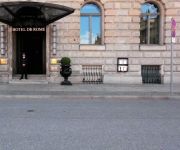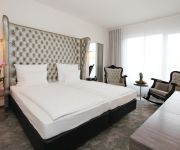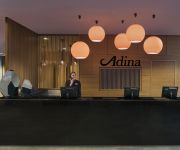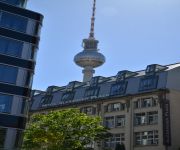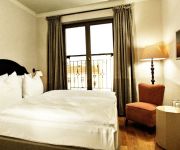Facts and Data
Webpages:
Official Unesco Page
Berliner Museumsinsel (Deutsche UNESCO-Kommission)(german only)
Masterplan Museumsinsel Projektion Zukunft (in German)
Stiftung Preußischer Kulturbesitz
View photos from OUR PLACE the World Heritage collection
UNESCO Commission of Germany
Vorderasiatisches Museum (german only)
Alte Nationalgalerie (german only)
Basis Data:
Unesco World heritage since: 1999
Size of heritage: 8.60 ha
- Buffer zone: 23 ha
Coordinates:
Longitude: 13,399°
Latitude: 52,520°
Summary
The museum as a social phenomenon owes its origins to the Age of Enlightenment in the 18th century. The five museums on the Museumsinsel in Berlin, built between 1824 and 1930, are the realization of a visionary project and show the evolution of approaches to museum design over the course of the 20th century. Each museum was designed so as to establish an organic connection with the art it houses. The importance of the museum's collections – which trace the development of civilizations throughout the ages – is enhanced by the urban and architectural quality of the buildings.
Location on Map
Show bigger map on Openstreetmap
Introduction
Museumsinsel, also known as Museum Island, is a UNESCO World Heritage site located in Berlin, Germany. Situated on the northern half of an island in the Spree River, it is home to a collection of world-renowned museums and cultural institutions. The site is a testament to the rich history and cultural significance of Berlin.
History
The history of Museumsinsel dates back to the early 19th century when King Frederick William III of Prussia envisioned a cultural complex that would house the royal art collections. The first museum, the Altes Museum, was completed in 1830 and marked the beginning of the development of the island as a cultural hub.
Over the years, additional museums were constructed on the island, each showcasing different aspects of art, archaeology, and history. The Neues Museum, built in the mid-19th century, displayed Egyptian and prehistoric artifacts. The Alte Nationalgalerie, completed in 1876, focused on 19th-century art. The Bode Museum, opened in 1904, housed a vast collection of sculptures and Byzantine art. Lastly, the Pergamon Museum, inaugurated in 1930, showcased ancient architecture and artifacts.
Current State
Today, Museumsinsel stands as a cultural and architectural marvel, attracting millions of visitors each year. The site underwent extensive restoration and renovation efforts following the destruction caused by World War II and the subsequent division of Berlin.
The Altes Museum, with its neoclassical façade, houses a collection of ancient Greek and Roman art. Visitors can explore the impressive collection of sculptures, vases, and jewelry, providing a glimpse into the ancient world.
The Neues Museum, partially destroyed during the war, was meticulously restored and reopened in 2009. It is home to the iconic bust of Nefertiti, an ancient Egyptian queen, along with a vast collection of Egyptian and prehistoric artifacts. The museum's architecture seamlessly blends the original structure with modern design elements.
The Alte Nationalgalerie, an imposing neoclassical building, showcases an extensive collection of 19th-century art, including works by Caspar David Friedrich, Adolph Menzel, and Auguste Renoir. The museum's grand staircase and domed rotunda add to its architectural splendor.
The Bode Museum, located on the northern tip of the island, houses a diverse collection of sculptures, Byzantine art, and coins. Its stunning architecture, combining elements of the Italian Renaissance and Gothic styles, is a sight to behold.
The Pergamon Museum, currently undergoing extensive renovations, is expected to reopen in 2023. It is renowned for its monumental reconstructions of ancient architecture, including the Pergamon Altar, the Ishtar Gate of Babylon, and the Market Gate of Miletus.
Conclusion
Museumsinsel in Berlin is a UNESCO World Heritage site that showcases the rich cultural heritage of the city. Its collection of museums, each with its unique focus, offers visitors a comprehensive journey through art, archaeology, and history. The ongoing restoration efforts and the upcoming reopening of the Pergamon Museum ensure that Museumsinsel will continue to be a significant cultural destination for years to come.
Hotels and places to stay
Radisson Blu Hotel
frederics Berlin City Hackescher Markt
Rocco Forte Hotel de Rome
Titanic Gendarmenmarkt Berlin
Hackescher Markt
Arcotel John F
Adina Apartment Hotel Hackescher Markt
Alexander Plaza
monbijou
Hotel ZOE by AMANO Group
Videos from the area
Videos provided by Youtube are under the copyright of their owners.



